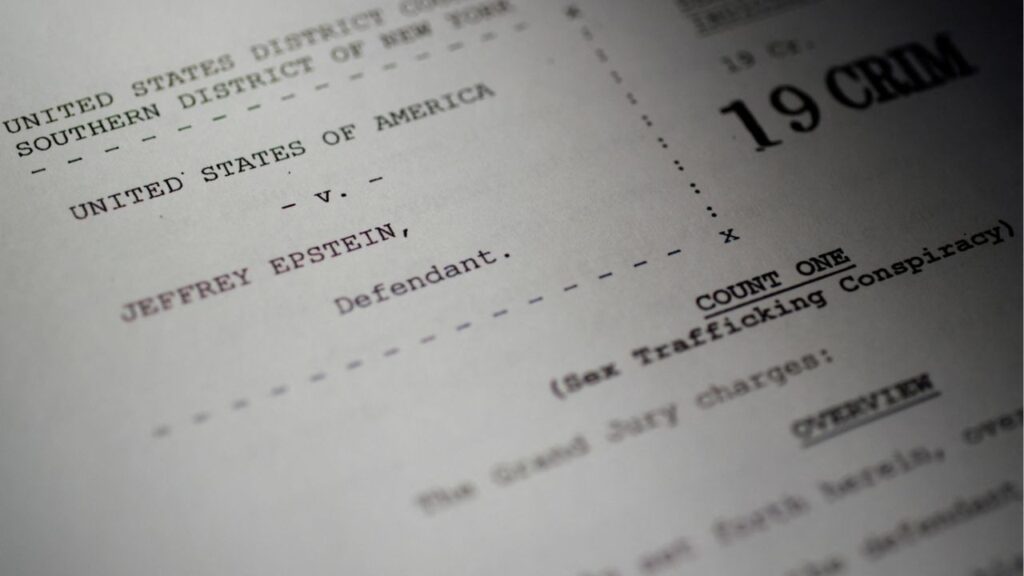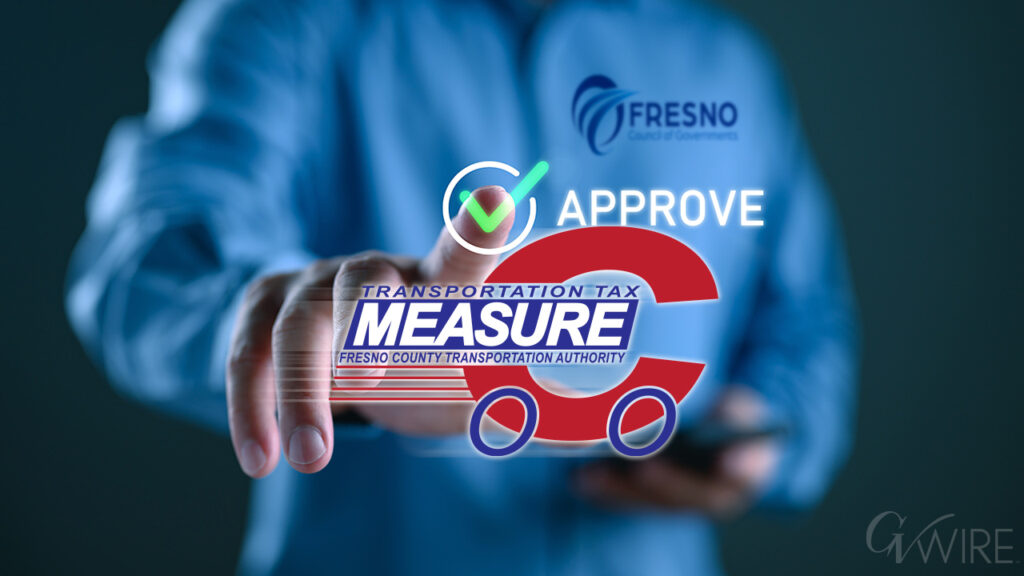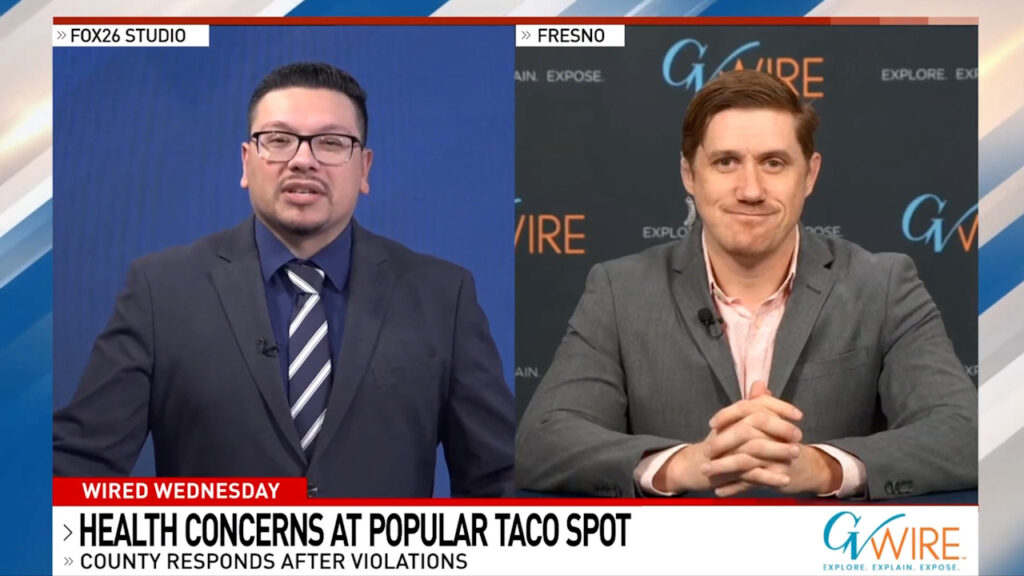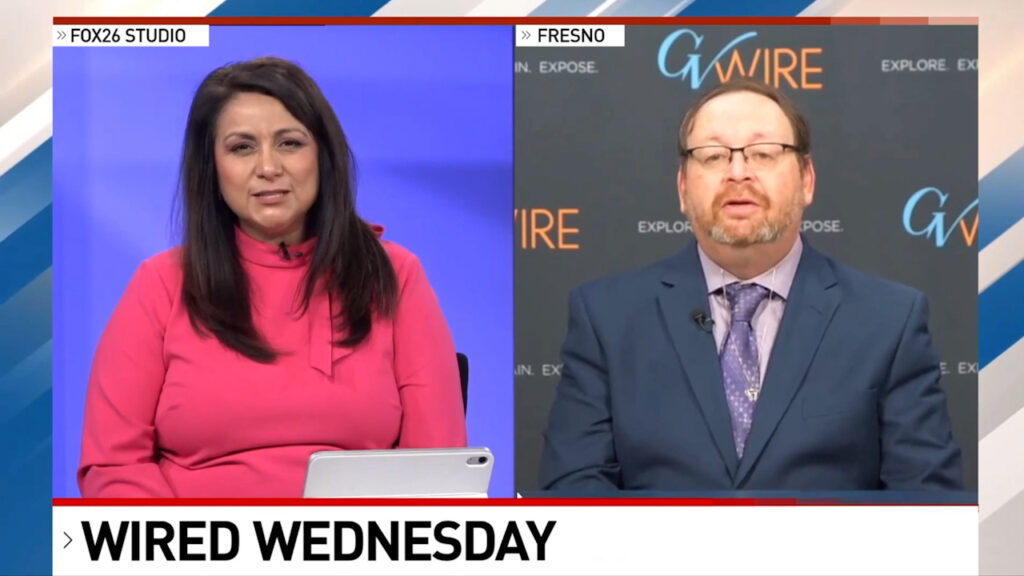Caitlin Clark of Iowa signs items for fans after her team’s victory over Wisconsin in Iowa City, Iowa, Jan. 16, 2024. (Hilary Swift/The New York Times/File)

- Caitlin Clark has lucrative endorsement deals with Gatorade, State Farm, Nike and others valued at $11 million in 2024.
- “It’s hard to believe she’s not worth close to a billion to the (WNBA),” says an industry source.
- Yet her WNBA salary with the Indiana Fever is just $78,066.
Share
|
Getting your Trinity Audio player ready...
|
In 1997, economists from MIT and Cambridge wrote a paper on the economic value of NBA superstars, focusing on the Chicago Bulls’ Michael Jordan. At the time, he had won four NBA championships, briefly retired, then returned to the league. The window in which Jordan was away from the NBA provided a clearer glimpse into the value he brought to it.
Beyond what he meant to the Bulls, the two economists, Jerry A. Hausman and Gregory K. Leonard, found that Jordan generated $53 million to other teams during the 1991-92 season — around $121 million today — after analyzing factors such as gate revenue and local and national TV revenue. Jordan was making around $3 million in salary, or around $7 million today. “A significant portion of an NBA team’s revenue can be traced to Michael Jordan,” they wrote.
Caitlin Clark has produced a similar financial effect on the WNBA. Since she entered the league as the top draft pick in 2024, the Indiana Fever have become the WNBA’s equivalent of the Beatles. Everywhere Clark goes, eyes follow. Even when she played in an LPGA Tour pro-am, fans flocked to the course.
Setting WNBA Viewership Records
Clark and the Fever have set WNBA viewership records, consistently sell out Gainbridge Fieldhouse and prompt some opponents to move their games to larger arenas. The Fever unveiled T-shirts this season with the tagline, “Every Game Is a Home Game.”
“To see the influence that she has on people, bringing people out here, and to see how amazing an influence she is for sports was really cool to see firsthand,” said Nelly Korda, the world’s No. 1 golfer, after playing nine holes with Clark last November.
Usually, when an athlete receives that much attention, money flows into the athlete’s pocket. Clark has lucrative endorsement deals with Gatorade, State Farm, Nike and others (valued at $11 million in 2024, per Sportico), but it is obvious that her value to the WNBA — and women’s sports, more broadly — is significantly higher than her $78,066 salary.
(The Fever also won the Commissioner’s Cup, an intraseason tournament, and its $500,000 prize on Tuesday by beating the Minnesota Lynx. While Clark missed the game with a groin injury, each player on the Fever roster was set to earn more than an additional $41,000 by winning.)
“In my lifetime, we had Muhammad Ali, we had Michael Jordan, we had Tiger Woods, and to me, it’s early, but we have Caitlin Clark,” said John Kosner, a former ESPN executive turned consultant. “People who don’t care and don’t follow the sport that she plays have been driven not just to watch but to watch avidly.”
She is, however, unlikely to ever be paid even close to what she is worth to the league. Her agent, Excel’s Erin Kane, said she did not think that would ever be possible.
Worth Close to $1 Billion to WNBA: Industry Source
So what is Clark worth to the WNBA?
“It’s hard to believe she’s not worth close to a billion to the league,” said one industry source not authorized to discuss the matter publicly.
Clark, of course, is just one of many WNBA players who are vastly underpaid, a key prompt for players currently renegotiating their collective bargaining agreement with the league. But because of how much Clark drives the league’s economy, the delta between her salary, which is two-thirds of the league average of $117,133 (as of opening night), and her actual value is especially stark. Consider that her salary is around 0.02% of the Fever’s recent valuation by Forbes of $340 million.
Television ratings, attendance and merchandise sales are just some factors economists use to assess an athlete’s value. That was the focus of the Jordan study three decades ago and remains relevant today.
The Caitlin Clark effect is well documented and taps into such categories for analysis. But Judd Cramer, an economics lecturer at Harvard, also cites the drastic increases in media rights deal valuations and franchise valuations across women’s sports since Clark’s senior year at Iowa when thinking about her value. The Fever’s valuation increased 273% from 2024 to 2025, according to Sportico, and the average valuation of WNBA franchises rose 180% in that time, too.
That she is “maybe worth a thousand times her salary in franchise value is not inconceivable,” Cramer said.
WNBA’s Supermax Player Contract Is $249,244
Under the current collective bargaining agreement, the WNBA supermax contract is $249,244, and Clark would have to finish her rookie contract (four years) before earning that. A lot would have to change in the women’s basketball landscape for her to earn a thousand times her current salary of $78,000 — $78 million would be about $20 million more than the highest-paid NBA player, Stephen Curry, last season.
As was the case for Jordan when he stepped away from the game from 1993 to 1995, Clark’s absence — she missed five games over nearly three weeks with a quad injury — demonstrated how much she moves the needle.
Two games on NBA TV had viewership drop by 40% compared with the Fever’s first game on the network with Clark, though one still ranked in the channel’s top 10 broadcasts. Although the Fever’s game against the Chicago Sky reached 1.9 million viewers — the third most for a WNBA game on CBS — it was 30% fewer than watched the Sky-Fever game with Clark on ABC. The resale tickets for the game at the United Center also dropped about 70% after Clark’s injury was announced, yet it still drew a Sky-record 19,496 fans.
“She’s going to be massively underpaid because it’s not just what she’s doing for her team but what she’s doing for the other teams,” said Michael Leeds, a professor of economics at Temple.
Clark entered the WNBA at an opportune time after growing her brand at Iowa, profiting off modern name, image and likeness rules and more television exposure for women’s basketball players. The WNBA was entering a substantial growth period, too, with league revenues doubling from 2019 to 2023, per Bloomberg.
While Clark was fuel for the moment, the structures of the sport have stopped her from capturing her full worth.
The WNBA’s ownership model prevents players from receiving the bulk of its revenue. The NBA owned half of the league before 2022, when the WNBA sold 16% of its equity in a $75 million capital raise, a transaction that diluted the then-12 teams’ total stake to 42%.
NBA players take home 50% of basketball-related income, while the other half goes to the owners. In the WNBA, the league’s owners do not even control 50% of the league, so a theoretical 50-50 split of total revenue would leave only 21% of the pie each for the owners and the players. Beyond the realm of the hypothetical, no such splitting provision even exists in the current collective bargaining agreement; player salaries currently account for less than 10% of revenue.
“The WNBA is hamstrung by this because if they tell the amazing story of what’s going on in their league in terms of revenue, then they have to explain why the players are paid so badly,” said David Berri, a professor of economics at Southern Utah.
WNBA Team Salary Cap Is $1.5 Million
The league also has a hard cap per team that limits salaries. The cap is $1.5 million, spread among 11 to 12 players per team. To increase the cap, and thus increase salaries, the league needs a massive growth in revenue. And the biggest driver of revenue in sports leagues is media rights.
Last year, the league signed the richest media rights deal in women’s sports league history. The value of what Commissioner Cathy Engelbert has called the WNBA’s “tranche 1” deals — around $200 million annually over 11 years with Disney/ESPN, NBC and Amazon as of 2026 — jumped from $33 million with ESPN in 2025. (The total value of the league’s current media rights with all partners is about $50 million this year.)
But the uptick in value was agreed upon before Clark officially began in the WNBA. The NBA and WNBA did not announce the terms of the new media rights deal until July 2024, but a source with knowledge of the agreement, who was not authorized to discuss the deal publicly, said the details were agreed upon before the start of the 2024 WNBA season, and before the announcement of the Toronto and Portland expansion teams.
Cramer has not modeled how much of the WNBA’s economic growth can be attributed to Clark, but he said: “Consider if there was an increase in the league over a 10-year horizon in the order of billions. If she’s 25% of that, then that’s how I would say she could have brought $750 million to the league.”
He said she has made an even more significant impact on the economics of women’s sports more broadly.
“I think her overall value to women’s sports starts with a B,” Cramer said. “It’s in the billions for sure.”
His insight draws on the significant increases in media rights and franchise valuations over the last few years, as Clark rose to prominence in college and now stars in the pros. All of this projection comes before Clark has played in the Olympics, made a deep postseason run or even finished a season with a winning record.
Clark will almost assuredly never receive in salary what she is worth to the WNBA. In that regard, she is a lot like Jordan and other career greats across sports. Yet no matter the challenge in quantifying her value, her impact is palpable.
As Kosner, the former ESPN executive, put it, “I think every commissioner in every sport wishes he or she had a Caitlin Clark.”
This article originally appeared in The New York Times.
By Ben Pickman and Sabreena Merchant / The Athletic/Hilary Swift
c.2025 The New York Times Company



















